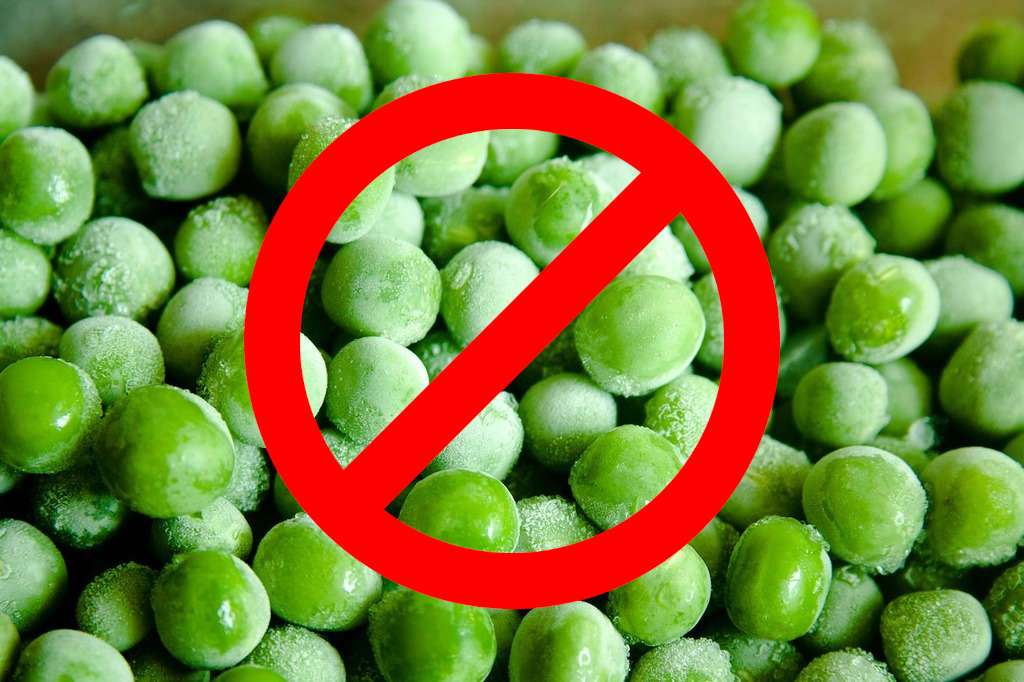In modern sports medicine, it has long been common practice to apply ice to injuries. The RICE protocol—Rest, Ice, Compression, Elevation—has been the standard for decades. However, Traditional Chinese Medicine (TCM) offers a very different perspective. From the TCM viewpoint, applying ice to an injury may actually hinder the body’s natural healing process rather than support it. Modern exercise scientists are now realising the truth of this, as is evident from this research paper, but there is still a long way to go before people adopt healthier protocols!
The Nature of Cold in TCM
In TCM theory, ice is considered cold in nature. Just as we avoid cold in our diets to encourage movement of digestion, the contracting cold slows movement, and obstructs the free flow of Qi (vital energy) and Blood in the meridians. When Qi and Blood are blocked, pain increases and healing slows. This is why many TCM practitioners caution against overusing cold therapies like ice packs.
Immediately after trauma, the body mounts a response to move Qi and Blood to the injured area. This causes swelling and is understood as the inflammatory response. This circulation is essential for removing stagnation, nourishing tissues, and initiating repair. When ice is applied, it constricts vessels and tissues, slowing this vital flow. What might feel like relief in the moment can, in the long term, contribute to lingering stiffness, swelling, and chronic pain.
Supporting Healing with Warmth and Movement
Instead of ice, TCM often emphasizes methods that promote circulation and gently warm the area to dispel stagnation and support healing. These may include:
- Tui na: The Chinese medical modality that specialises in MSK (musculoskeletal) conditions. Various techniques to re-balance soft-tissue and open joints to facilitate a smooth, natural healing response.
- Moxibustion: The burning of the herb mugwort near the injury to warm meridians and invigorate Qi and Blood.
- Herbal poultices or liniments: Formulas with warming and blood-invigorating herbs (such as tiger balm and hysan oil) applied externally.
- Gentle movement: Rest is important, but complete stillness can lead to stagnation. Gradual, pain-free movement helps the body’s Qi and Blood flow and assists the lymphatic system in clearing waste.
- Acupuncture: To regulate the flow of Qi and Blood, reduce pain, and speed recovery.
All of these options are available for your benefit at Kangdao Healing Arts clinic in Southampton.
Conclusion
From the TCM perspective, while ice may numb pain temporarily, it does so at the expense of circulation and long-term recovery. Healing requires the free flow of Qi and Blood, which is best supported by warmth, movement, and therapies that dispel stagnation. By respecting these principles, we not only recover faster but also prevent the lingering patterns of pain and stiffness that cold can leave behind.
Scientific Support
I encourage you to read this 2020 paper from the Sport Journal: If you want a quick summary, here is one courtesy of Chat-GPT. It seems to be accurate, but definitely opt for the paper if you can!
“Summary
This paper critically examines the long-standing RICE protocol (Rest, Ice, Compression, Elevation), which has been widely used for treating acute musculoskeletal injuries since Dr. Gabe Mirkin introduced it in 1978. Although ingrained in medical education and public perception, current evidence shows that the protocol is ineffective—and in some cases harmful—for enhancing recovery.
Key Points:
The best approach is early, pain-free movement progressing to exercise, individualized treatment, and limited use of ice or NSAIDs (only for pain relief, not recovery).
Historical Context:
The popularity of icing injuries began after media reports of a groundbreaking limb reattachment in 1962, where ice preservation of tissue was emphasized.
Dr. Mirkin’s 1978 Sportsmedicine Book formalized RICE, but in 2015 he recanted his support, acknowledging that rest and ice delay recovery.
Physiological Response to Trauma:
Tissue healing occurs in three phases: inflammation, repair, and remodeling.
Inflammation is essential for healing, not something to suppress. It allows immune cells and growth factors to initiate repair.
The lymphatic system clears waste but relies on active muscle contraction to function properly.
Effects of RICE Components:
Ice: Reduces blood flow, delays inflammation, suppresses IGF-1 (a key growth factor), and may cause tissue hypoxia and nerve damage. Evidence supports ice only for short-term pain relief, not recovery.
Rest: Inhibits lymphatic drainage, slows repair, increases risk of muscle atrophy, and weakens tissues. Movement is essential for healing.
Compression & Elevation: Evidence is inconclusive, mostly anecdotal, with no standardized guidelines. They may provide a placebo effect but do not clearly enhance recovery.
Alternatives to RICE:
Active Recovery (ARITA – “active recovery is the answer”): Encourages safe, pain-free movement to stimulate circulation, lymphatic drainage, and tissue remodeling.
MEAT (Movement, Exercise, Analgesia, Treatment): Prioritizes gradual mobility, strengthening, non-NSAID pain management, and tailored therapeutic interventions.
MOVE (Movement, Options, Vary, Ease): Emphasizes varied rehabilitation strategies and early return to activity for both physical and psychological benefits.
Conclusions:
RICE is a myth, unsupported by modern research and even rejected by its creator.
Rest and ice delay healing; compression and elevation lack evidence.”
Citation
Scialoia, Domenic & Swartzendruber, Adam. (2020). The R.I.C.E Protocol is a MYTH: A Review and Recommendations thesportjournal.org/article/the-r-i-c-e-protocol-is-a-myth-a-review-and-recommendations.


Leave a Reply